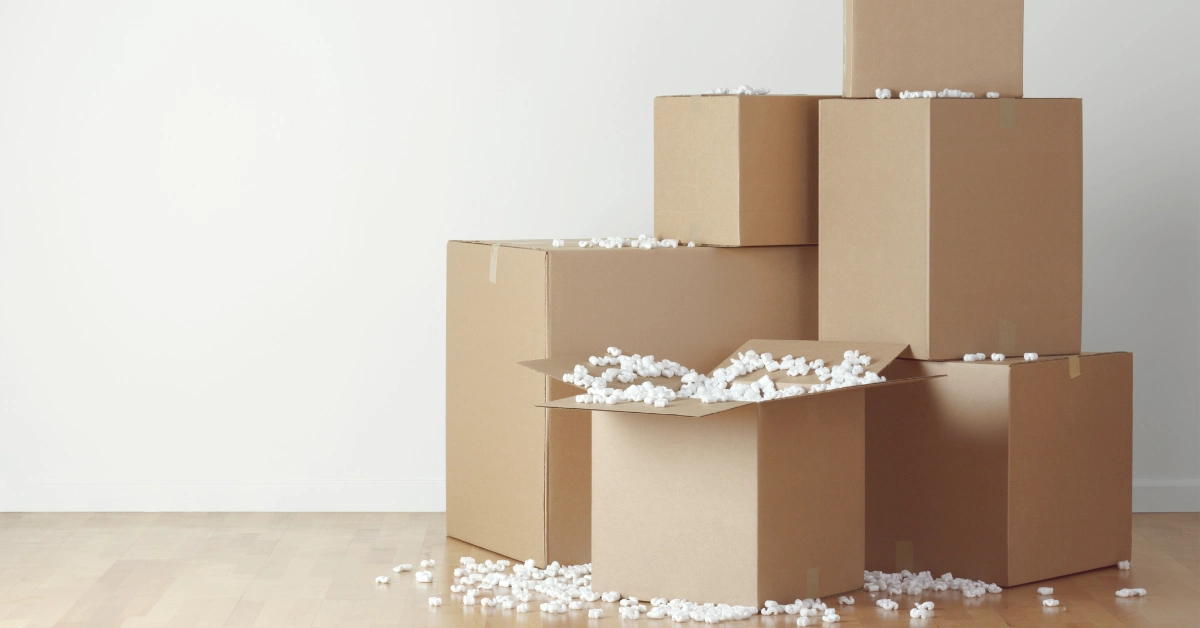Art Moving
Moving is always a responsible and exciting time, especially when it comes to transporting art objects. Paintings, sculptures, antiques and other valuable items require a special approach and careful handling. Our company also specializes in Art Moving, providing professional service for the transportation of works of art with maximum care and attention to detail. In this article, we will talk about the benefits of Art Moving and how it will help our company keep your treasures safe and sound.
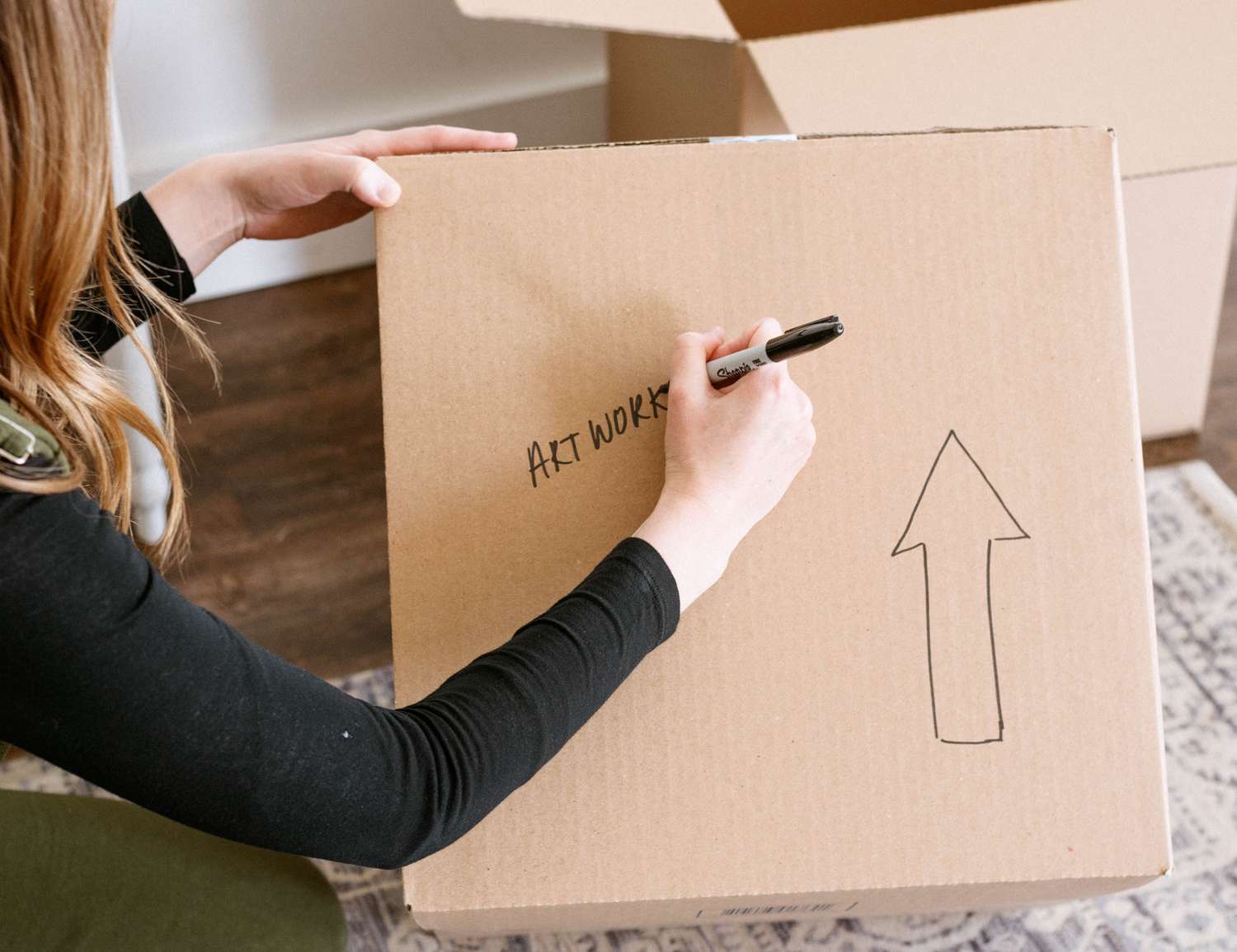
What is Art Moving?
Art Moving is a professional service for the transportation of works of art, including packing, transportation, unloading and installation of art objects. It is a complex process that requires a professional approach, special knowledge and equipment to ensure maximum safety and security of works of art at all stages of movement.
Who uses the service of the Art Moving?
Art Moving services are in demand among various categories of clients:
- Museums and galleries: to organize exhibitions and run collections.
- Collector: To carry private collections and antiques.
- Artists and sculptors: Distribute works to exhibitions and galleries.
- Auction house: For the safe transportation of valuable lots.
Advantages of Art Moving
-
Preservation of works of art
The main advantage of Art Moving is the safety of the work of art at all stages of movement. The company’s specialists ensure reliable packaging and transportation, minimizing the risk of damage.
-
Save time and effort
With a professional Art Moving service, you can save time and effort that will be required to organize the move independently. An experienced specialist will handle all the worries associated with the movement of works of art.
Advantages of Art Moving with our company
Professionalism and experience
Our company has many years of experience in the field of Art Moving and professional approach to each project. We understand how important your work of art is to you, taking into account all the nuances and requirements to ensure safe transportation.
Individual approach
Each piece of art is unique and we offer customized solutions for each customer. Our experts evaluate each item and develop an optimal packaging and transportation plan taking into account its characteristics and fragility.
Use of special materials

We use only high quality materials and equipment for packaging and transporting works of art. Special boxes, crates and shock-absorbing materials ensure the safety of your treasure at all stages of moving.
Safety and Insurance
The safety of your artwork is our priority. We provide reliable packaging and transportation as well as insurance services, so that you can be sure of the protection of your valuable items in case of unforeseen circumstances.
Storage of works of art
In addition to transportation, we provide services for the storage of works of art. The storage room is equipped with a security system to ensure that the treasure is safely protected.

Stages of Art Moving
Stage 1. Consultation and planning
Our experts will consult with clients, assess the volume and characteristics of the movement, develop a detailed transport plan, select the necessary materials and equipment.
When it comes to moving pieces, attention to detail and careful planning are important aspects of a successful and safe process. In this article, we will take a closer look at consultation and planning, the 1st stage of the Art Moving, which is the basis for all subsequent actions.
Primary contact
The first step begins with your phone call or request on our website. Our Art Moving experts will contact you for an initial consultation. At this stage, it is important to provide as much information as possible about the upcoming movement:
- Types and number of art objects: Describe exactly which works you need to transport: paintings, sculptures, antiques and other valuables.
- Dimensions and weight: Specify the approximate dimensions and weight of each item so that you can evaluate the required materials and transportation.
- Condition of item: Report the existing damage or fragility of artwork so that we can take additional precautions.
- Travel route: Indicates the origin and destination, such as the characteristics of the access road and access to facilities.
Evaluation and Expertise
Based on the information provided, our experts can provide you with an on-site assessment. This is especially important for large collections and especially valuable items. The evaluation includes:
- Item inspection: Experts carefully inspect each work of art to determine the situation and packaging needs.
- Shooting: Document the status of the item and prepare a report.
- Definition of special requirements: All functions and conditions of transport are considered.
Development of transportation plans
Based on the information collected, our experts will develop a detailed transport plan, including:
- Selection of packaging materials: Special materials and techniques are selected for the packaging of each work of art. These can be soft shock-absorbing materials, special boxes and crates.
- Vehicle selection: Depending on the nature and quantity of transportation, the appropriate vehicle will be selected.
- Routes and schedules: Optimal routes and timeframes are determined to minimize risk and ensure timely delivery.
Coordination with the Client
We will provide you with a quotation for detailed planning and approval before you start packing and shipping. You can ask questions or make your own adjustments or additions.
- Estimate: Complete information about the cost of the service is provided, including the possibility of packaging, transportation, insurance and storage.
- Work schedule: A certain deadline is set for the completion of all stages of movement.
- Rep: A personal manager is appointed to be your main contact throughout the entire relocation process.
Stage 2. Packaging
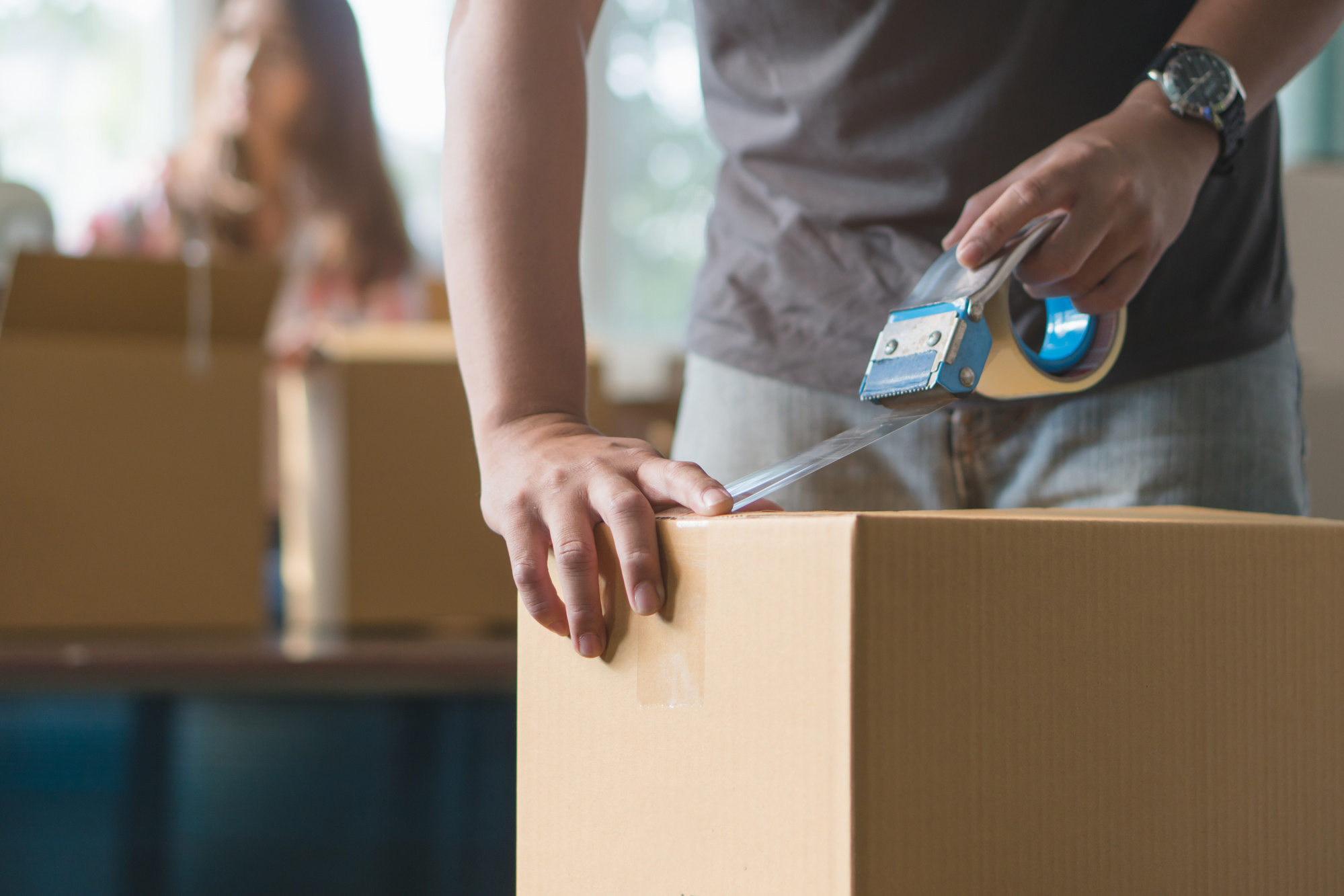
Packaging of works of art is one of the most important and responsible stages in the process of moving them. It is the correct packaging that ensures the safety and security of valuables at all stages of transportation. In this article, we will take a closer look at the art packaging process, the materials and methods used, and the important aspects that need to be considered.
2.1. Preparation for packaging
Evaluation and Planning
Before starting packaging, our experts evaluate each work of art. It is important to consider:
- Object types and sizes: Paintings, sculptures, antiques and other objects require different approaches and materials.
- Vulnerability and condition: Special attention is paid to fragile and damaged items that require additional precautions.
- Routes and conditions of transport: The conditions under which transport takes place, including climate and road conditions, are taken into account.
Material selection
For packaging works of art, only high-quality and special materials are used:
- Soft shock absorbing material: foam, bubble wrap, special fabric.
- Professional box and crate: wooden box, box, protective frame.
- Additional protective materials: protection of corners, frames, glasses and shock-absorbing gaskets.
2.2. Packaging Process
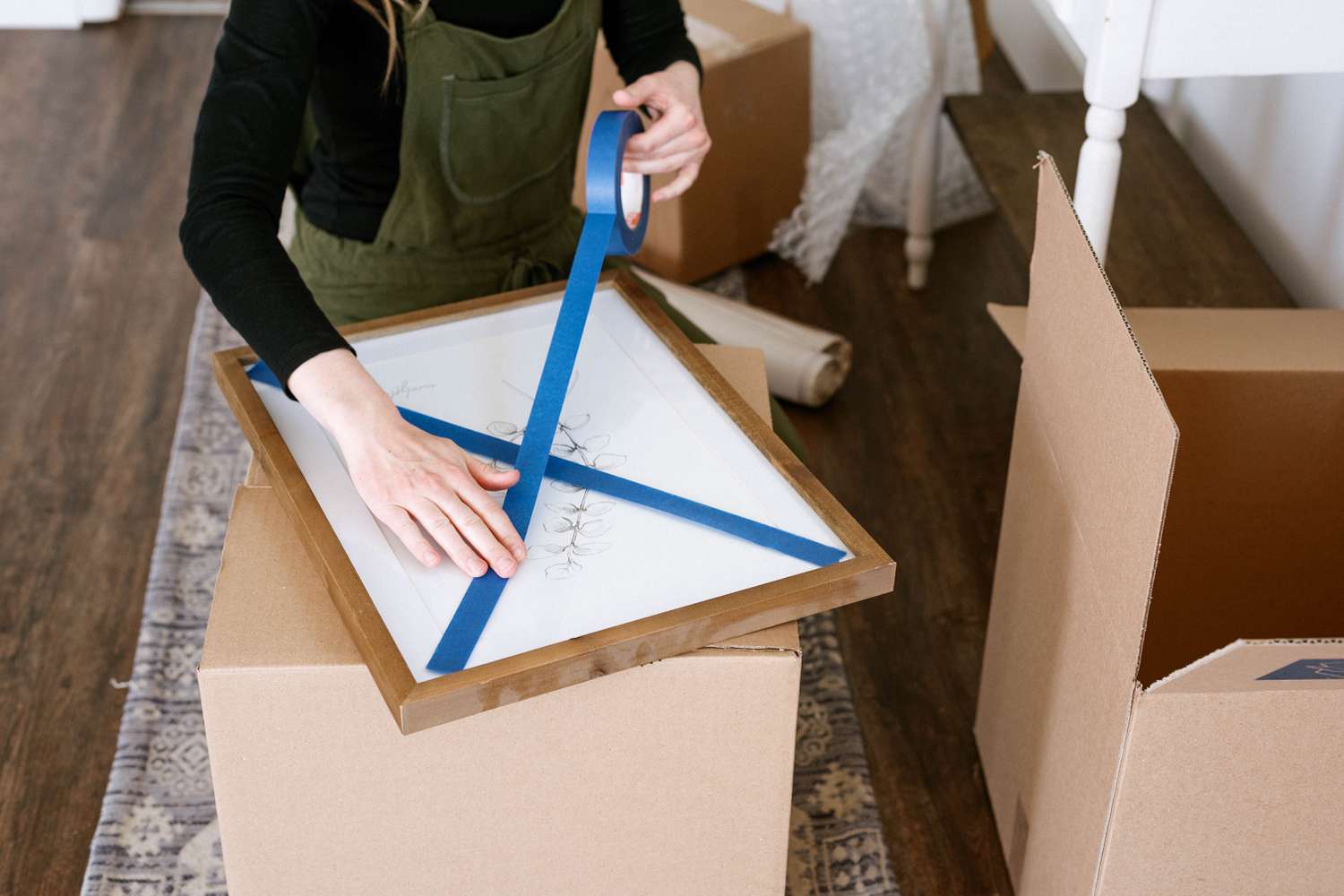
Packaging of paintings and graphics
- Surface protection: To protect from scratches, the picture is covered with a special film or paper.
- Packaging of soft material: The painting is wrapped with bubble wrap or special fabric for cushioning.
- Protective frame fastening: The painting is placed on the protective frame or box to prevent damage during transportation.
- Packing in hard box: For additional protection, the picture is placed in wooden or cardboard boxes.
Packaging of sculptures and sculptures
- Overhanging parts protection: The overhanging parts of the sculpture are wrapped with soft material to prevent damage.
- Packaging with shock absorbing material: The sculpture is completely wrapped in foam or bubble wrap.
- Securing in protective containers: The sculpture is placed in a specially made container or box that secures it inside to prevent movement.
- Use of additional shock-absorbing material: Additional shock-absorbing pads are used inside the box to protect against vibration and shock.
Packaging of antique and fragile items
- Careful surface protection: Each item is wrapped in a soft cloth or paper.
- Packing of shock-absorbing material: The object is wrapped in bubble wrap or foam.
- Fixing in a protective package: Place the object in a box with a shock cushioning pad.
- Marking and designation: The box is marked with a mark indicating the vulnerability and orientation of the placement.
2.3. Final stage of packaging
Marking
Each package is labeled for easy identification and compliance with safety precautions. Packaging shows:
- Content description: The type and title of the artwork.
- Instruction Manual: Signs of vulnerability, orientation of placement and other important aspects.
- Contact information: Information about the owner and shipping company.
Quality control and inspection
After packaging, all items will be checked for compliance with safety and quality standards. Expert control:
- Reliability of packaging: The density and fixation of objects in the package are checked.
- Integrity of packaging materials: Any damage to packaging materials is detected and repaired.
The packaging phase of Art Moving is a complex process that requires attention to detail, the use of special materials and a professional approach. Our company has experience and experience in the field of art packaging, which allows us to guarantee the safety and security of your valuable items at all stages of transfer.
Stage 3. Transportation

Transportation of works of art is one of the most important stages in the process of moving them. It is important not only to physical protection of the object, but also to create conditions for maintaining the state along the entire route. In this article, we will take a closer look at the process of transporting works of art: preparation of vehicles, methods of transportation, safety measures.
3.1. Preparation for transportation
Choosing a car
Specially equipped vehicles are used for the safe transportation of works of art:
- Shock absorption system: Provide protection against vibration and shock during movement.
- Special fasteners: Ensure reliable fixing of the package inside the car.
Loading of works of art
The loading process requires special care and accuracy:
- Package inspection: Before loading, all packages undergo additional integrity and reliability inspection.
- Safe movement: Specialized tools and equipment (hydraulic trolley, lift) are used to avoid damage when moving the package.
- Fixed to vehicle: The luggage is firmly fixed in the vehicle to prevent the luggage from moving during transportation.
3.2. Transportation Process
Route and logistics
Route planning plays an important role in ensuring the safety of works of art:
- Route optimization: Routes with a minimum number of sharp turns, bumps and other obstacles are selected.
- Traffic condition monitoring: Road conditions are monitored to avoid traffic jams and bad roads.
- Planned stop: Stop only in a safe place where constant monitoring of the vehicle is possible.
3.3. Arrival and unloading
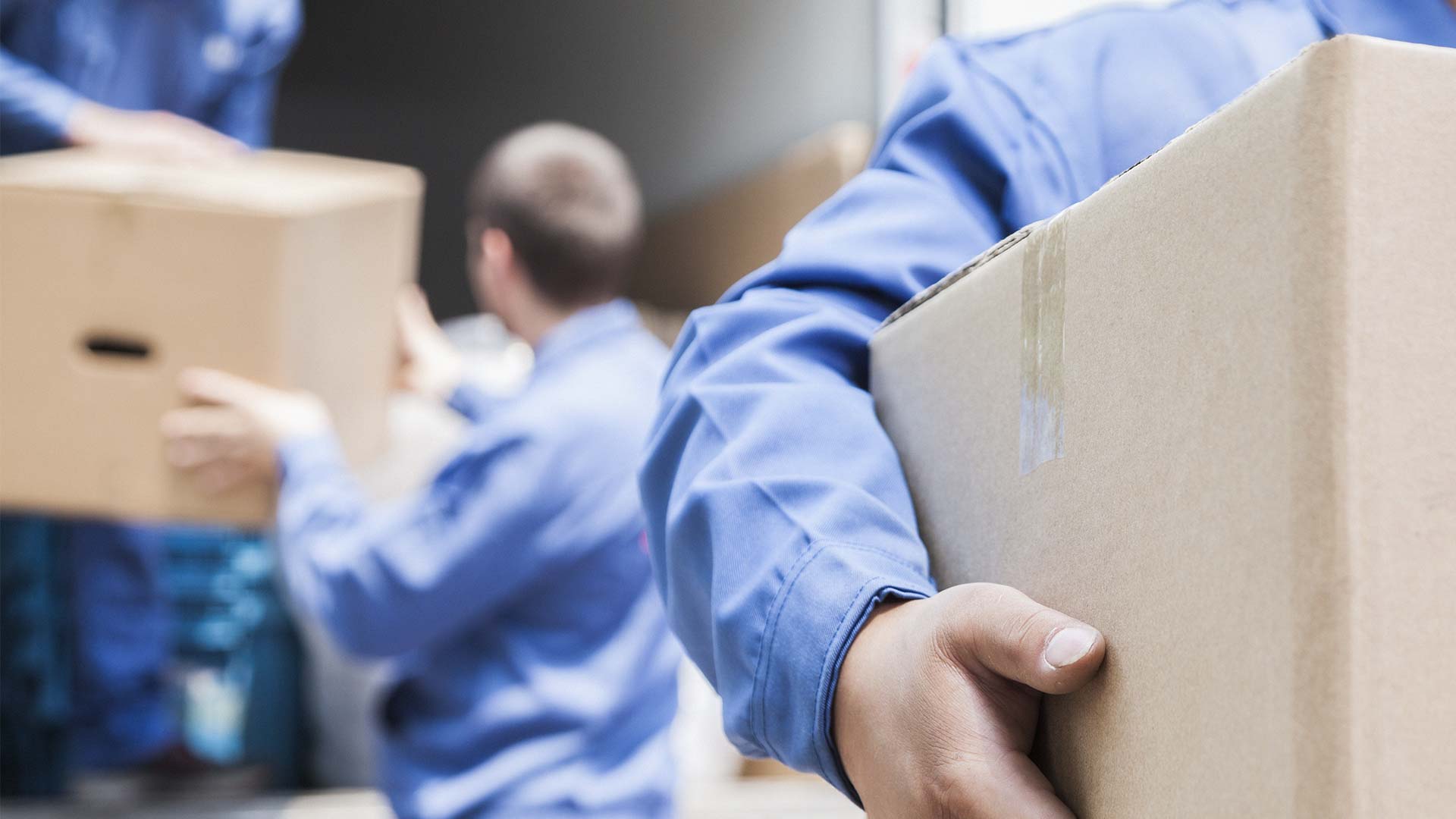
Preparing for unloading
Before arriving at the destination, the following measures are taken:
- Notice to Client: The client will be notified of their expected arrival time and will be ready to receive the artwork.
- Check unloading conditions: Assess the accessibility of access roads and the availability of conditions necessary for safe unloading.
Unloading of works of art
The unloading process is done with great care:
- Check the status of the package: During unloading, experts will check the status of each package.
- Safe movement: Use special tools and equipment to move the package out of the vehicle.
- Indoor placement: The package is moved to a safe and prepared room, where it is unpacked and installed.
The transportation stage of Art Moving is a complex and multistage process that requires a professional approach, specialized equipment and careful planning. We provide a high level of safety and reliability at all stages of transportation of works of art, ensuring their safety and integrity.
Stage 4. Unloading and installation
Unloading and installation of works of art is not the last important stage in the process of moving them. At this point, it is important to maintain the integrity and appearance of the object and correctly install it in a new place. Upon arrival, our experts will carefully unload and install works of art according to your wishes and requirements.
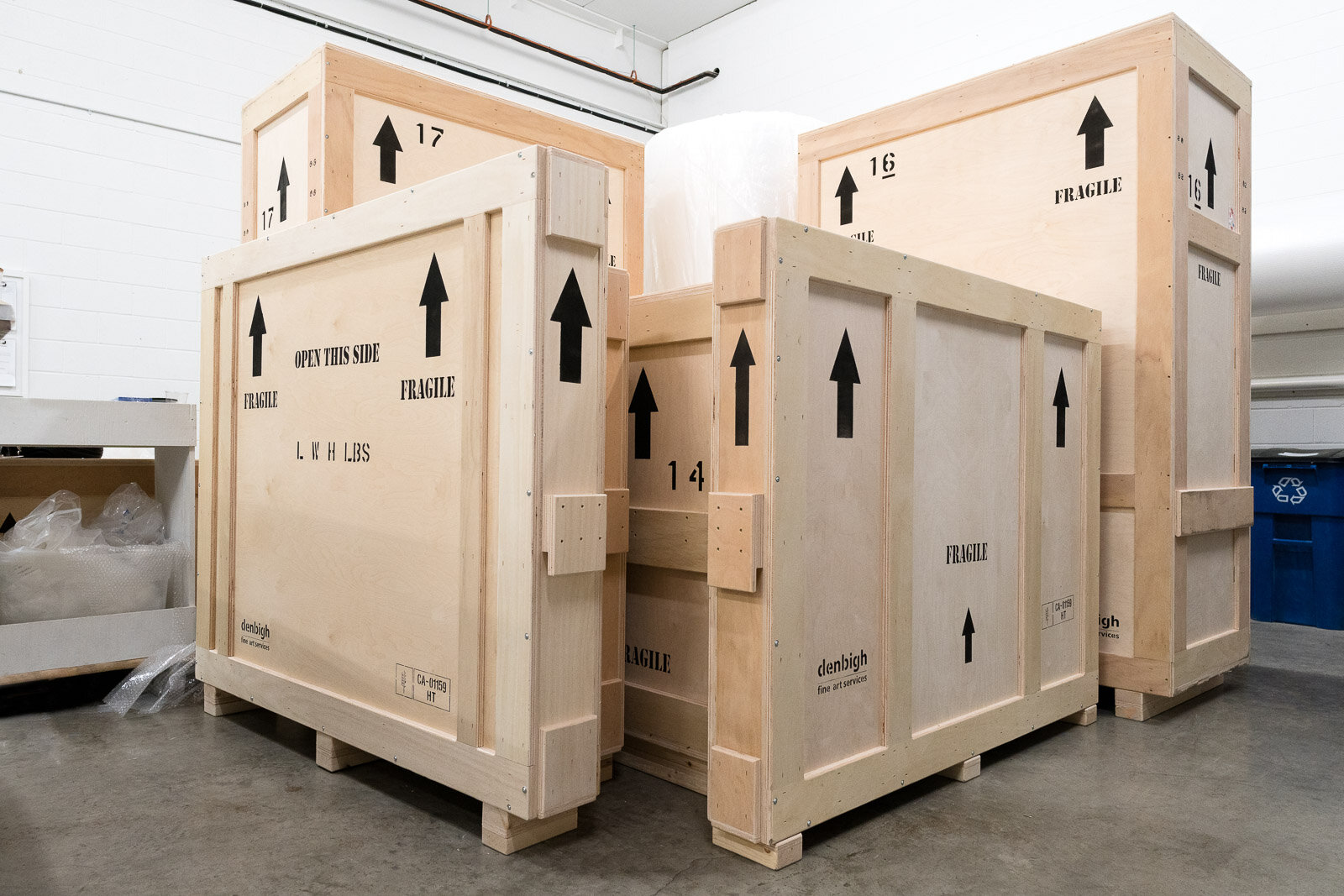
4.1. Preparing for unloading
Notifications to clients
We will inform you of your expected arrival time before you arrive at your destination. This allows you to prepare for the reception of works of art and provide the necessary conditions for safe unloading.
Evaluation of unloading conditions
Our experts assess the conditions of unloading in advance:
- Access Road: The accessibility of the access road to the unloading point is checked.
- Space: The availability of sufficient space for the safe unloading and movement of the package is evaluated.
- Safety: It is guaranteed that the necessary safety measures have been taken to prevent damage.
4.2. Unloading of works of art

Check the status of the package
Before unloading, our experts will carefully check the status of each package:
- Visual inspection: Check the integrity of the packaging material and the possible presence of damage.
- Documentation: If necessary, changes or damages will be recorded for subsequent analysis and settlement.
Safe movement
For unloading works of art, special tools and equipment are used:
- Hydraulic trolley and lift: Ensure safe movement in heavy and bulky packages.
- Padded straps and covers: Used to prevent scratches and other damage when moving.
Indoor placement
After unloading, the work of art is transferred to the prepared room:
- Configuration of space: There is enough space available for unpacking and installation of items.
- Safe placement: The package is placed to minimize the risk of damage.
4.3. Installation of works of art
Unpacking
The unpacking process is carried out with maximum care:
- Removing the outer layer of the casing: External protective materials such as boxes, crates and shock-absorbing pads are removed.
- Evaluation of the state of the object: The state of the work of art is checked after unpacking and possible damage is recorded.
Unloading and installation of works of art is an important step that requires professionalism, attention to detail and the use of special equipment. Our company ensures a high level of quality at all stages of this process and ensures the safety and security of your valuable items.
Conclusion
Art Moving is the art of taking care of your precious items while traveling. Our company is ready to provide professional services for the packaging, transportation and storage of works of art to ensure safety and security at all stages of transfer, and contact us today to learn more about our services and start planning your transfer with us.
We hope this article will help you understand the importance and characteristics of Art Moving and show you how our company can help you safely transport your precious works of art.
Contact us in any way:
Telephone: (954) 773-9667
E-mail: abs@absoluteinc.org


